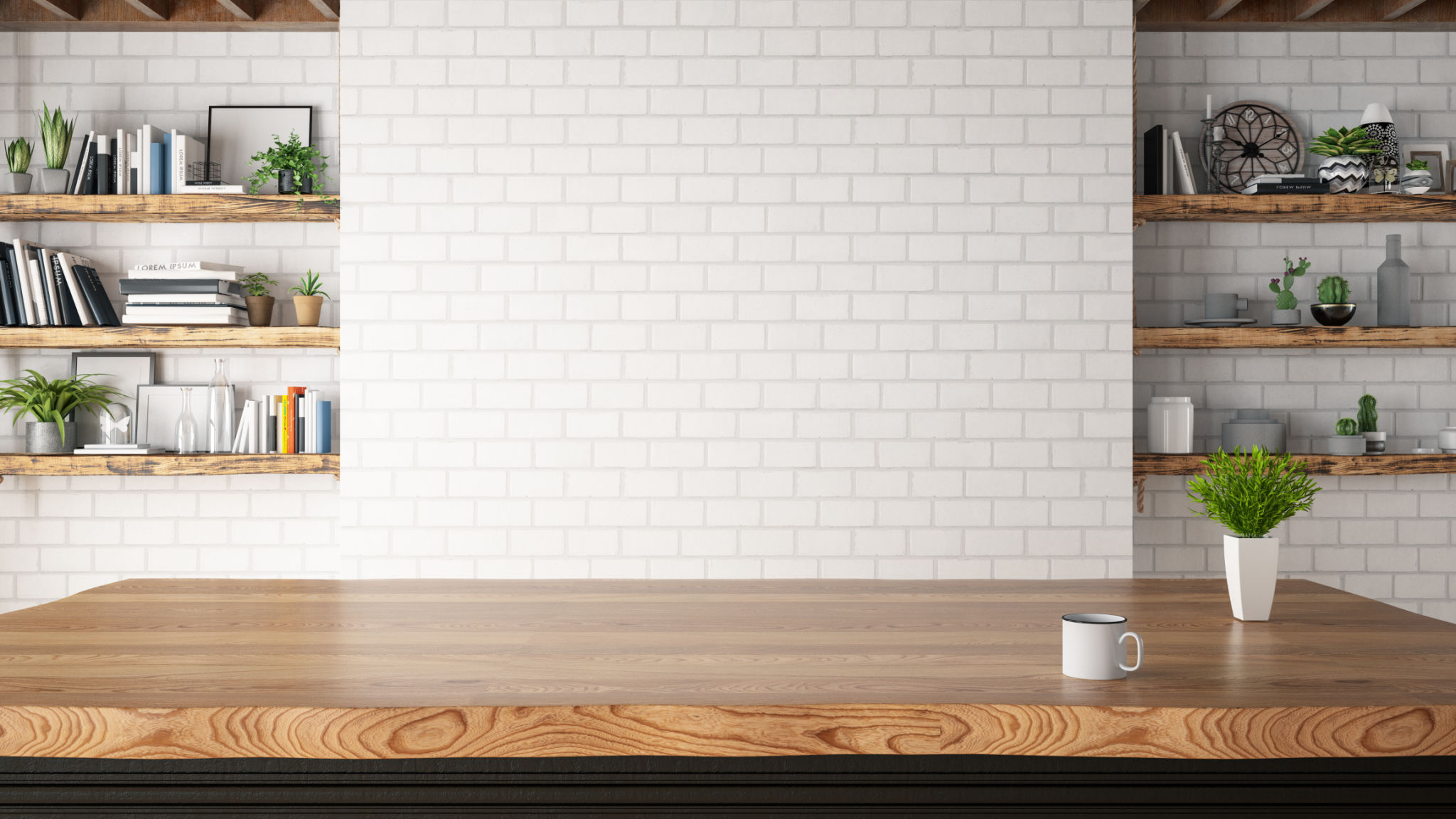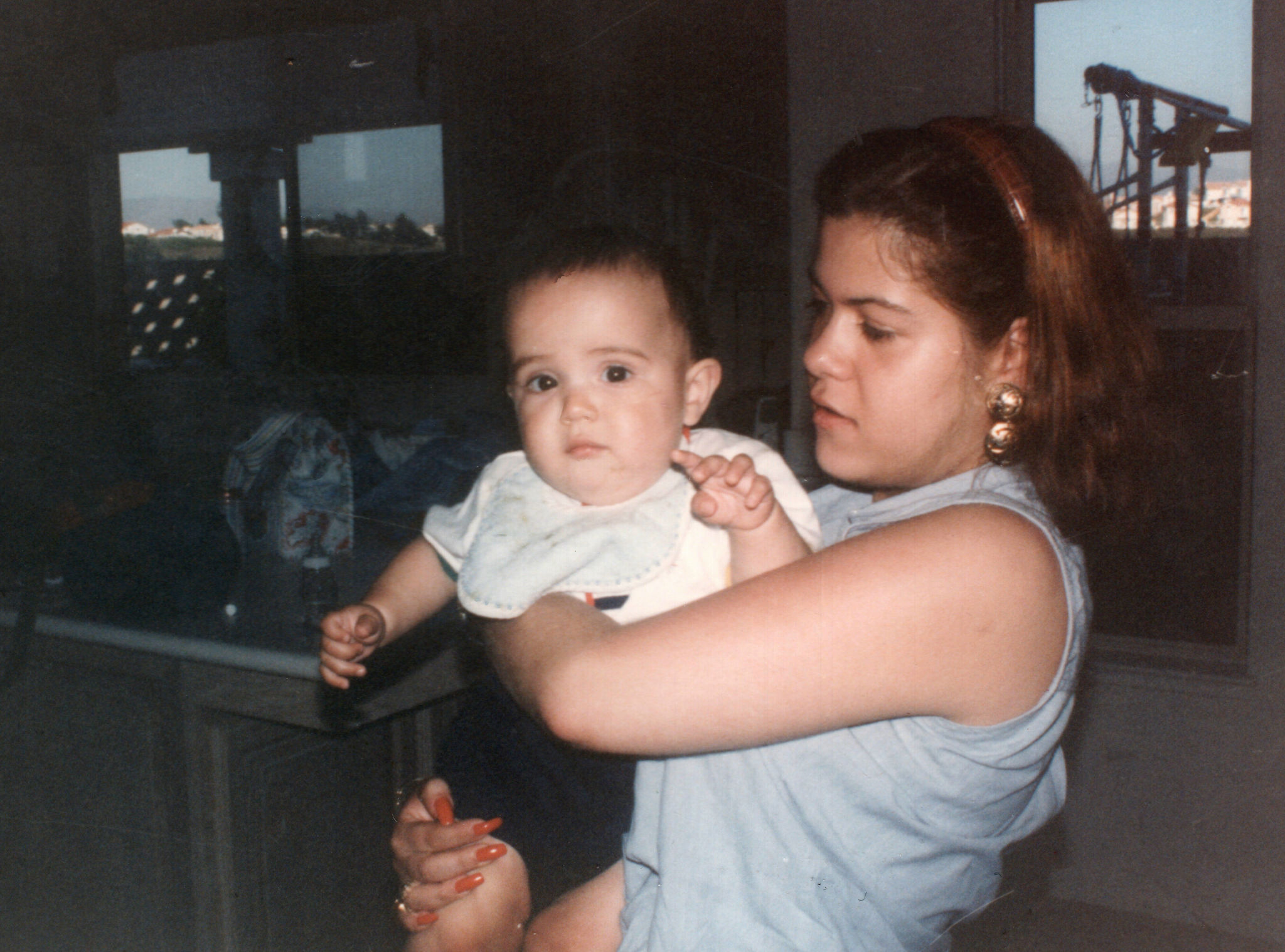Myth-Busting: Are Vintage Cooking Methods Better Than Modern Ones?
The Allure of Vintage Cooking
Vintage cooking methods often evoke a sense of nostalgia and craftsmanship. From the slow simmering of soups over a wood-burning stove to the meticulous hand-churning of butter, these time-honored techniques are celebrated for their authenticity and connection to the past. Many argue that these methods produce richer flavors and more satisfying meals compared to modern cooking techniques.

However, are vintage cooking methods truly superior, or is this belief simply a romanticized notion? In this blog post, we'll explore the pros and cons of both vintage and modern cooking methods to determine if one reigns supreme.
The Science Behind Modern Cooking
Modern cooking techniques have revolutionized the culinary world. With the advent of technology, we've seen the introduction of sous-vide, pressure cooking, and even molecular gastronomy. These methods allow for precise temperature control and consistency, often leading to perfectly cooked dishes with enhanced textures and flavors.
For instance, sous-vide cooking involves vacuum-sealing food and cooking it in a water bath at a controlled temperature. This technique ensures even cooking and can enhance the natural flavors of the ingredients. It's a stark contrast to traditional methods where precision was more challenging to achieve.
Efficiency and Convenience
One of the major advantages of modern cooking methods is efficiency. Appliances like microwaves and induction cooktops allow for quicker meal preparation, which suits the fast-paced lifestyle of many individuals today. This convenience is a significant factor in the shift towards modern methods.

Moreover, modern techniques often require less manual labor and can be more energy-efficient. For example, pressure cookers reduce cooking time significantly while preserving nutrients, making them an attractive option for health-conscious cooks.
Nostalgia vs. Practicality
While vintage methods hold a special place in the hearts of many, it's essential to recognize their limitations. Traditional techniques can be time-consuming and may not always yield consistent results. The charm of a wood-fired oven or a cast-iron skillet lies in its imperfections, which some might appreciate but others might find frustrating.

On the other hand, modern methods provide a level of practicality that appeals to those who prioritize efficiency and reliability. The choice often boils down to personal preference and lifestyle needs.
Finding a Balance
Ultimately, the debate between vintage and modern cooking methods doesn't have to be an either-or scenario. Many chefs and home cooks find value in blending both approaches. Embracing modern technology while honoring traditional techniques can lead to innovative dishes that capture the best of both worlds.
For example, using a slow cooker to emulate the flavors of slow-simmered stews while saving time showcases how both methods can complement each other beautifully.
The Verdict
So, are vintage cooking methods better than modern ones? The answer is subjective and depends largely on individual preferences and priorities. While vintage methods offer a sense of tradition and depth, modern techniques provide convenience and precision.
In the end, both approaches have their unique merits, and the best choice is one that aligns with your cooking style and culinary goals. Whether you're whipping up a quick meal or indulging in a leisurely culinary journey, there's room for both vintage charm and modern innovation in your kitchen.